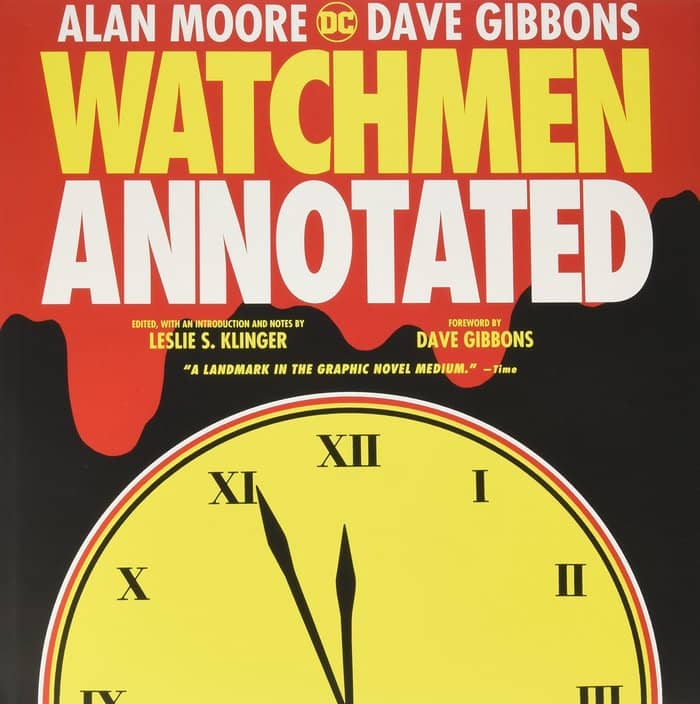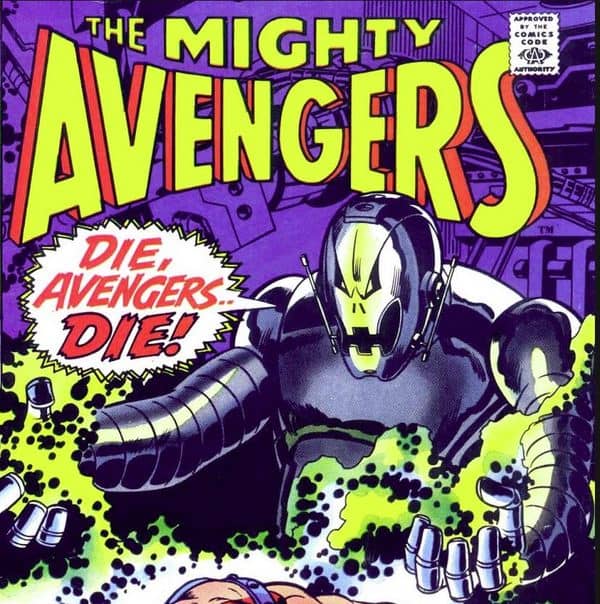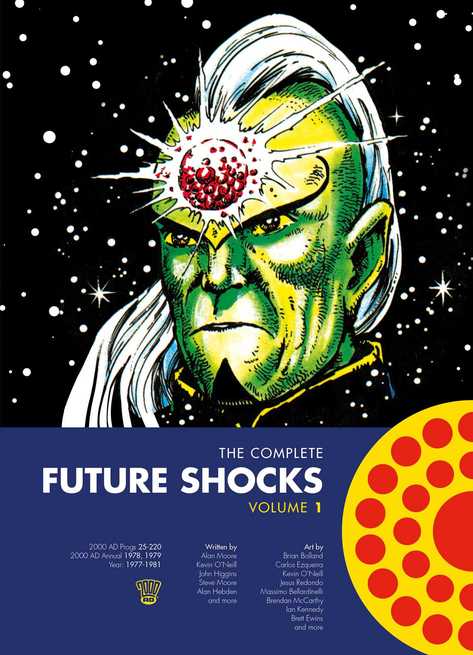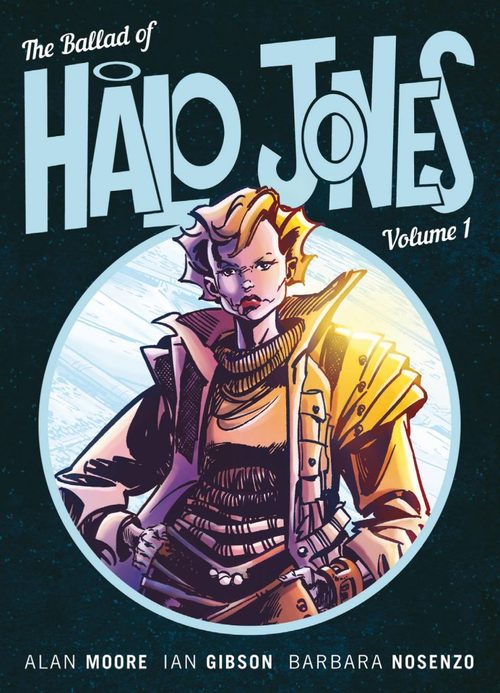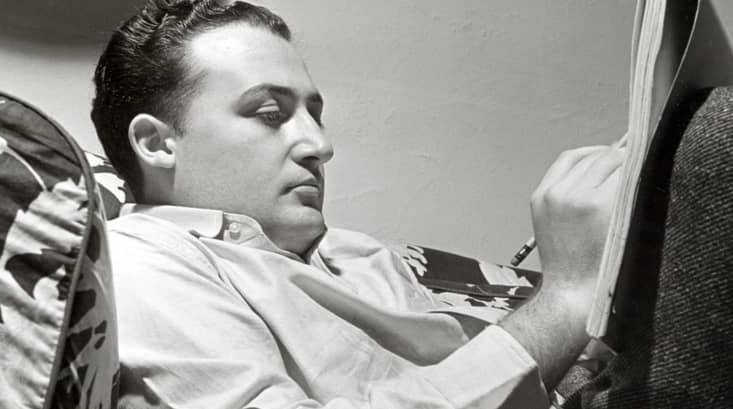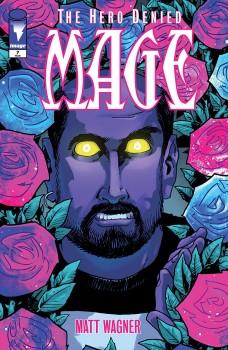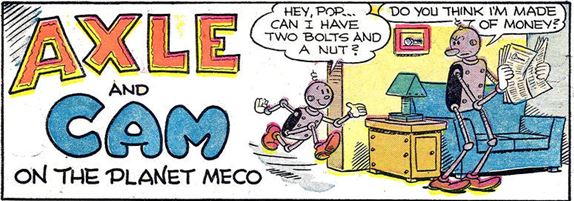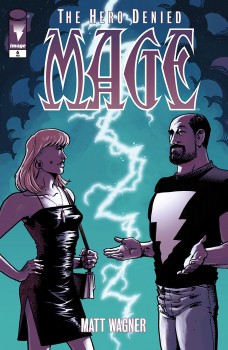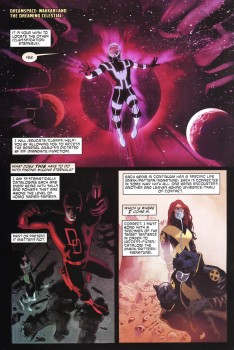Last Chance to Win a Copy of Watchmen: The Annotated Edition from DC Comics
Ack! Time is running out for you to win a copy of Watchmen: The Annotated Edition courtesy of DC Comics. And trust us, you really want this book. It’s the definitive edition of the seminal graphic novel by Alan Moore and Dave Gibbons, a retrospective edition of the story that landed on Time magazine’s 100 best English-language novels of the 20th century.
In Watchmen: The Annotated Edition, Leslie S. Klinger looks at each of the series’ twelve issues in detail, moving page by page and panel by panel, and drawing on critical and scholastic commentary, interviews with Dave Gibbons, and previously unseen original source material. Read Derek Kunsken’s review, and an interview with Leslie S. Klinger, here.
How do you enter? Simplicity itself. Just submit a one-sentence email explaining what you think is the most influential element of Moore and Gibbon’s Watchmen series. The most compelling entry — as selected by Derek Kunsken — will receive a free copy of Watchmen: The Annotated Edition, complements of DC Comics.
How hard is that? One submission per person, please. Winners will be contacted by e-mail, so use a real e-mail address maybe. All submissions must be sent to john@blackgate.com, with the subject line Watchmen: The Annotated Edition, or something obvious like that so I don’t randomly delete it.
All entries become the property of New Epoch Press. No purchase necessary. Must be 12 or older. The judge’s decision (capricious as it may be) is final. Sorry, US only. Not valid where prohibited by law. Eat your vegetables.
